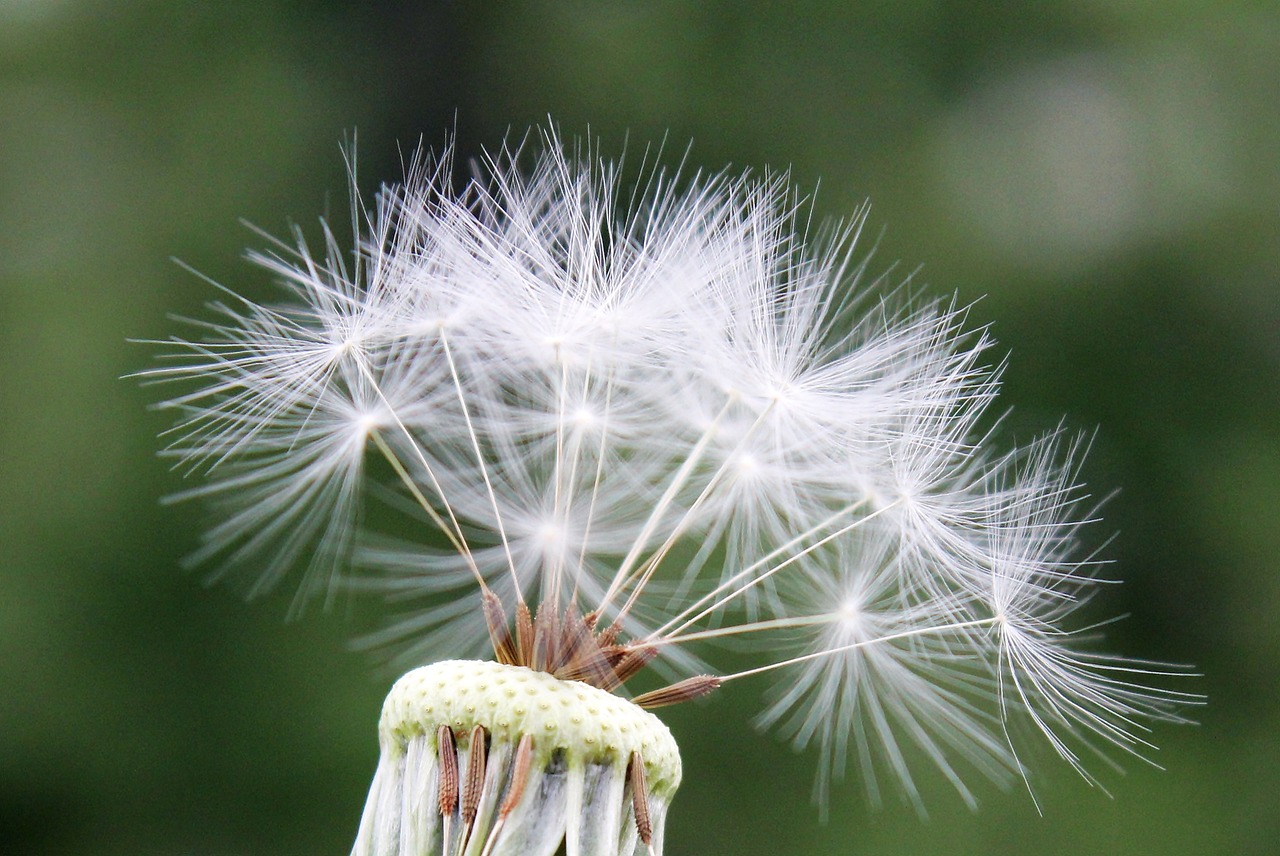Dandelions, known for their sunny yellow blooms and whimsical seed heads, are a symbol of childhood nostalgia and spring’s arrival for many. While they are often considered as weeds, these hardy plants are full of hidden intricacies, including their intriguing behavior of opening and closing their blooms. One aspect that catches attention is whether dandelions close at night, and if so, what are the underlying reasons?
Yes, dandelions do close at night. This behavior, termed nyctinasty, is a survival tactic to protect the plant from nighttime conditions and predators. The process is governed by the plant’s internal circadian clock and is influenced by external factors like light, temperature, and humidity.
What is Nyctinasty?
Nyctinasty is a biological process where flowers open and close in response to environmental cues. In the case of dandelions, the flowers close at dusk and reopen in the morning. This opening and closing is primarily influenced by the light levels, but it can also be triggered by changes in temperature and humidity.
The behavior is not unique to dandelions; other plants like tulips and morning glories also display nyctinasty. The opening and closing movements are caused by differential growth rates in different parts of the flower, often at the base of the bloom.
How Do Dandelions Know When to Close?
Plants don’t have brains or nervous systems, but they do possess internal circadian rhythms, similar to humans. These biological clocks help dandelions “know” when to close and open their blooms. The plant’s cells have built-in timers that respond to the changing levels of light and temperature, signaling the flower to close as the sun sets.
Photoreceptors in the plant detect changes in light, and growth hormones such as auxin are redistributed, resulting in the closure of the bloom. The mechanism is highly evolved and allows the dandelion to adapt to its surroundings efficiently.
Do Dandelions Close When It Rains?
Apart from nightly closure, dandelions also close their blooms when it rains. Closing up during rain helps protect the pollen and nectar from being washed away, ensuring the plant’s reproductive capabilities remain intact. It also reduces the chance of fungal infection, as a constantly wet bloom could encourage fungal growth.
Interestingly, the closure during rain happens much more rapidly than the slow, evening closure. The plant is sensitive to immediate changes in humidity and can close within a matter of minutes when rain is detected.
Why Do Dandelions Close Up?
There are several reasons why dandelions and other flowers close up. Firstly, closing at night helps protect the delicate pollen from night-time predators, such as nocturnal insects, that may not be effective pollinators. Secondly, closing up conserves moisture by reducing the surface area through which water can evaporate.
Lastly, some theories suggest that the closing action might also be a way to protect the plant from the colder temperatures that occur at night. By closing up, the dandelion could be conserving its resources for optimal daytime growth and reproduction.
Is Closing at Night Common in Other Plants?
While dandelions are often studied for this phenomenon, they are far from the only plants that display this behavior. Many plants close their blooms or leaves at night, including tulips, morning glories, and crocuses. In these plants, similar mechanisms of photoreceptors and hormonal changes govern the closing and opening actions.
However, the degree to which these actions are displayed can vary. For instance, some plants close partially, while others like dandelions close up entirely, resembling a tight bud.
Are There Exceptions to This Behavior?
In controlled environments where light and temperature are maintained at constant levels, dandelions may not exhibit their typical opening and closing behavior. Additionally, extremely cloudy or overcast conditions may also cause some irregularity in the cycle.
In such instances, the internal circadian clock of the plant may override the external cues, leading to less predictable behavior. However, these are generally exceptions and not the rule for how dandelions operate in their natural settings.
How Does This Impact Pollination?
The timing of the flower’s opening and closing is critical for successful pollination. Dandelions primarily rely on daytime pollinators like bees and butterflies. By opening during the day and closing at night, they maximize their exposure to effective pollinators while minimizing wastage and vulnerability.
This behavior allows dandelions to reproduce efficiently, ensuring that the next generation of plants can grow and thrive. It’s a fine-tuned system that has evolved over millions of years to ensure the survival of the species.
Can Humans Influence This Behavior?
While humans cannot directly control when a dandelion closes or opens, they can influence the environment around the plant. For example, a dandelion growing near a bright streetlight may display disrupted opening and closing patterns due to the constant artificial light.
However, the internal circadian rhythms of the plant usually adapt to new conditions over time. Thus, unless the environmental changes are extreme, the dandelion will likely continue its regular opening and closing routine.
What Ongoing Research is Being Conducted?
The study of plant circadian rhythms, including those in dandelions, is an active area of research. Scientists are particularly interested in how climate change may impact these natural cycles. Changes in temperature and light patterns could potentially disrupt the finely-tuned systems that govern plant behavior, including the opening and closing of blooms.
Understanding the intricacies of these mechanisms could help in agricultural applications, allowing us to better manipulate plant behavior for crop yield and resource efficiency. The more we understand about these natural processes, the better equipped we will be to address the environmental challenges ahead.
Conclusion
The behavior of dandelions closing at night is a fascinating example of nature’s adaptability and complexity. Governed by a blend of internal and external factors, these humble plants have evolved mechanisms to protect themselves and maximize their reproductive success. Whether it’s to protect their precious pollen, conserve moisture, or optimize for pollination, the dandelions’ nightly ritual is a remarkable adaptation that continues to intrigue scientists and nature enthusiasts alike.

